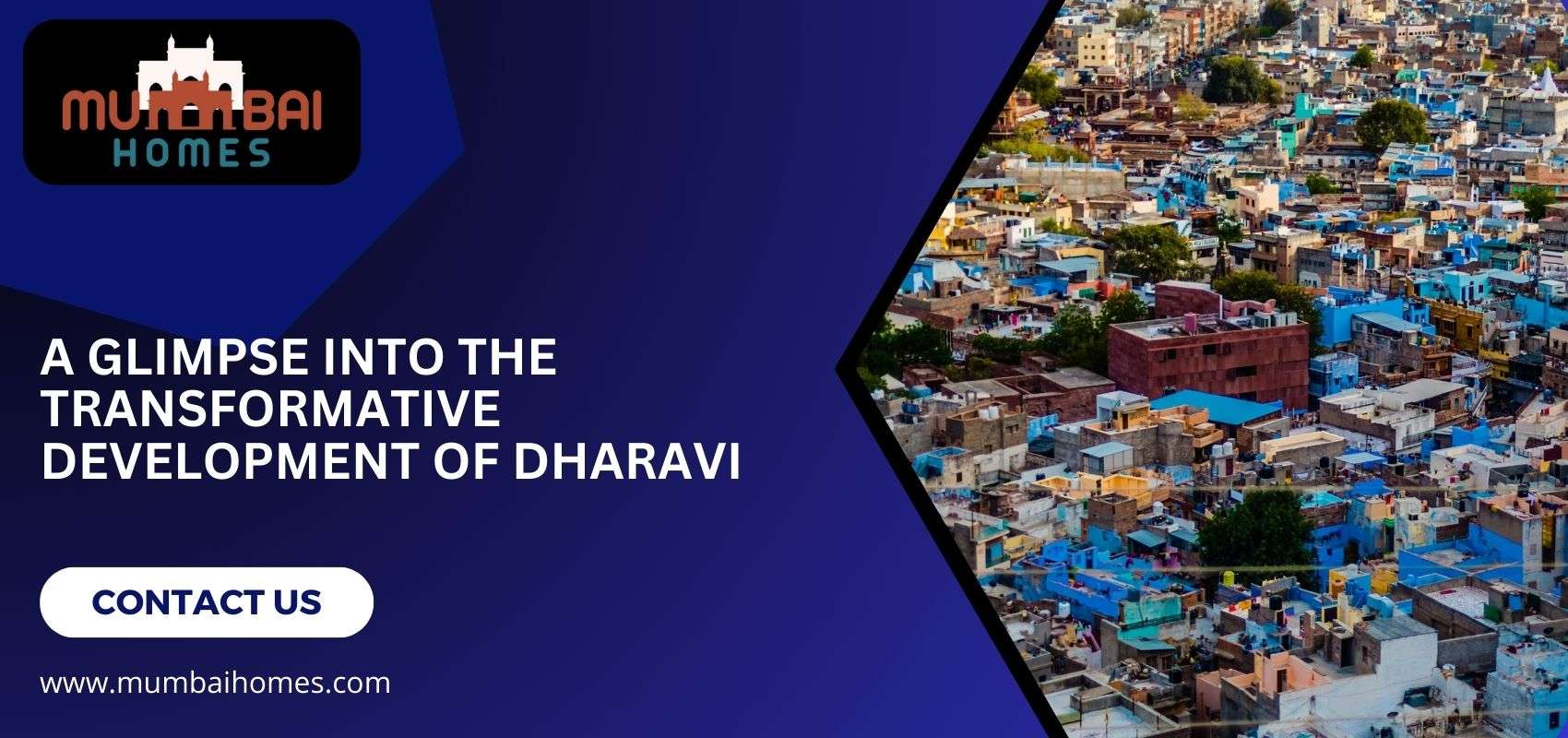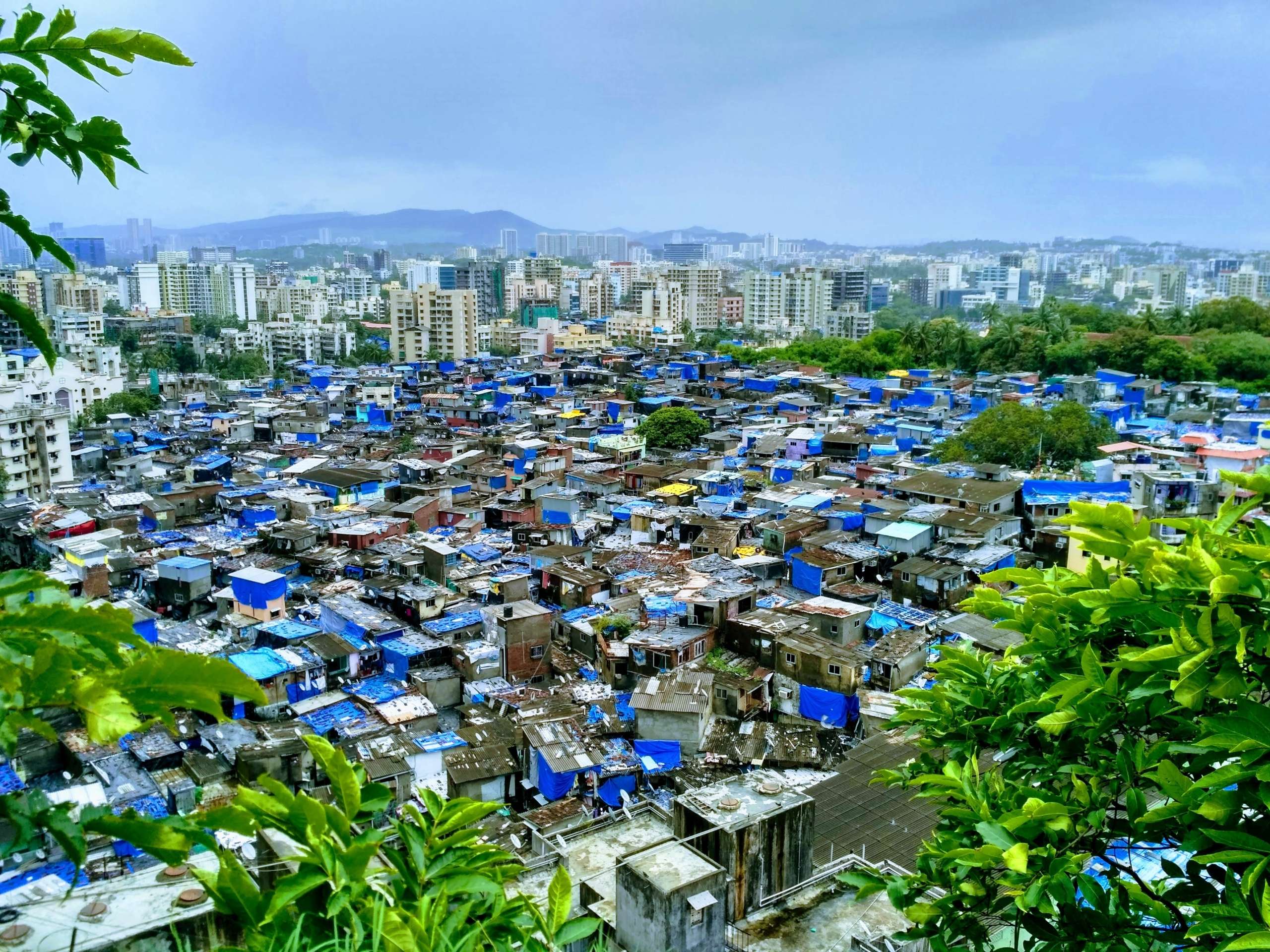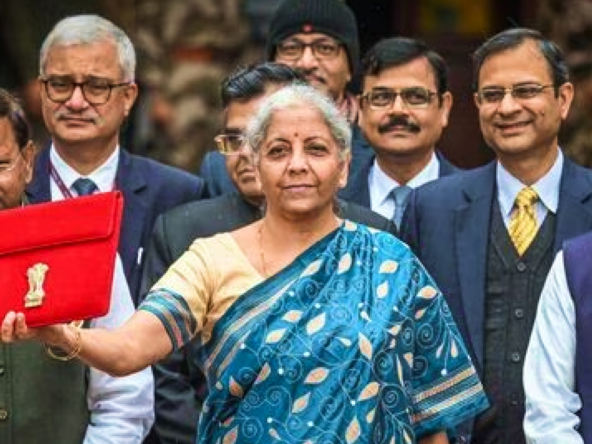Adani’s Development Dharavi
The Adani Group, the country’s largest company, is making a splash with its ambitious development plan for Dharavi, one of Asia’s largest slums located in Mumbai, India. The redevelopment project aims to transform Dharavi into a modern and sustainable urban centre, solving the problems of congestion, failing infrastructure and precarious living conditions that have affected the region for many years.
Dharavi is a vast complex of slums where a large population lives in a confined space. Despite the difficult situation, Dharavi is considered a dynamic shopping centre, with many small businesses and industries operating in its narrow alleys. The involvement of the Adani Group in the development of Dharavi raises both expectations and concerns about the potential impacts on the neighbourhood and the urban environment.
The development of Dharavi by the Adani Group offers the opportunity to improve the living conditions of residents through the provision of better housing, sanitation, and adequate infrastructure. The project aims to create low-cost residential units, commercial spaces, social amenities, and open spaces that will improve the quality of life of Dharavi residents. Modern infrastructure and equipment will improve living conditions, health, and economic opportunities for residents.
Furthermore, the redevelopment of Dharavi has the potential to provide significant economic benefits. Dharavi’s excellent location, close to Mumbai’s financial and commercial centres, makes it an appealing investment prospect. The Adani Group’s private investment may bring finance, knowledge, and technology into the rehabilitation process, resulting in new business and job possibilities. This can help the region’s general economic growth as well as attract further investment to the neighbouring areas.
The effects of the redevelopment on the present Dharavi population, however, are a source of worry. People who live in slums, many of whom have been in Dharavi for decades, have developed social networks, means of subsistence, and a feeling of community there. Existing inhabitants’ needs must always come first in any redevelopment initiatives, to prevent their displacement or disadvantage. Affordable housing choices must be made available, and people’s rights, such as access to fundamental services, education, and healthcare, must be protected.

Plans for Dhavravi:
Adani Realty won a global tender in November 2022 with a bid of 5,069 rupee crores for the reconstruction of the slums in Dharavi. The initiative is for the rehabilitation of around 10 lakh people over a 17-year period, including 60,000 inhabitants and 13,000 traders and the renovation of 240 hectares of valuable land. By providing better housing, commercial amenities, and a higher standard of living for people, this effort seeks to turn Dharavi into a contemporary and sustainable urban core. The restoration will maintain the character and culture of the current neighbourhood while providing basic infrastructure and affordable homes. Adani Realty’s dedication to assisting in the transformation of Dharavi and enhancing the living circumstances of those who reside in this sizable slum is demonstrated by this massive project.
Conclusion:
According to critics, the Adani Group’s involvement in the development of Dharavi raises concerns about financial incentives and future gentrification. There are worries that the project would cause the current low-income people to be displaced and lose their means of subsistence. The rehabilitation plan must include inclusive development procedures that guarantee local community engagement and address their needs and desires.




